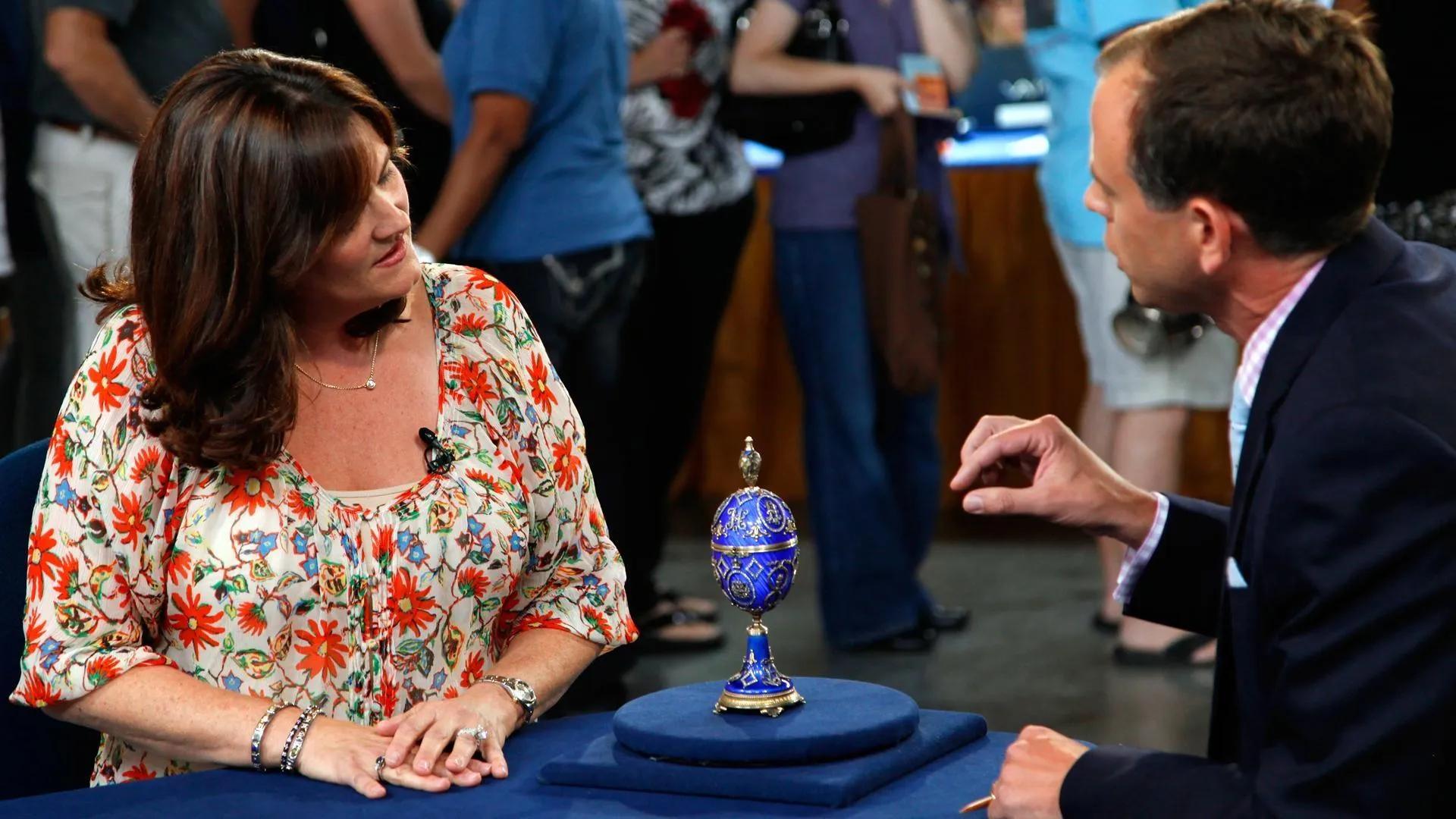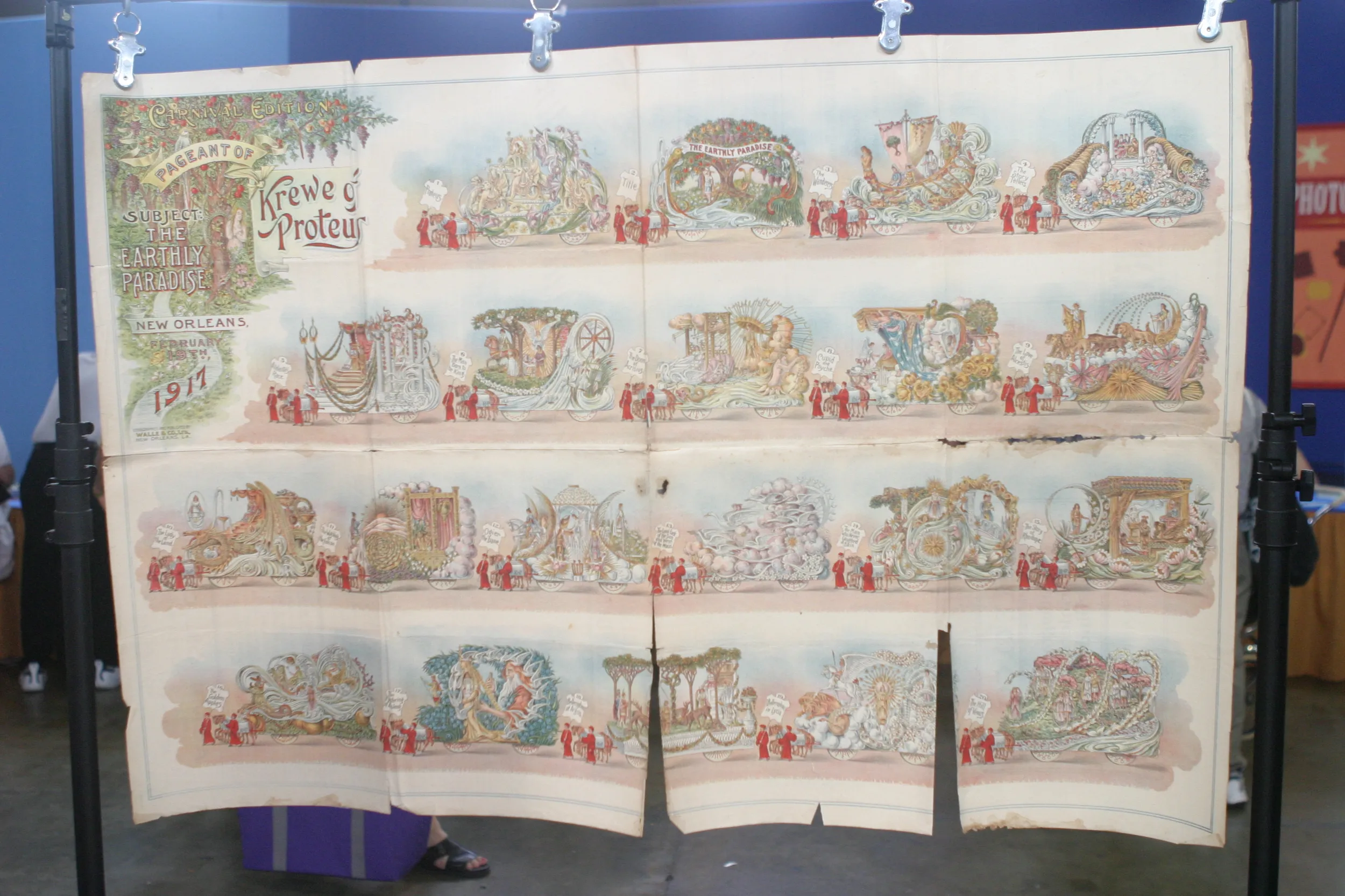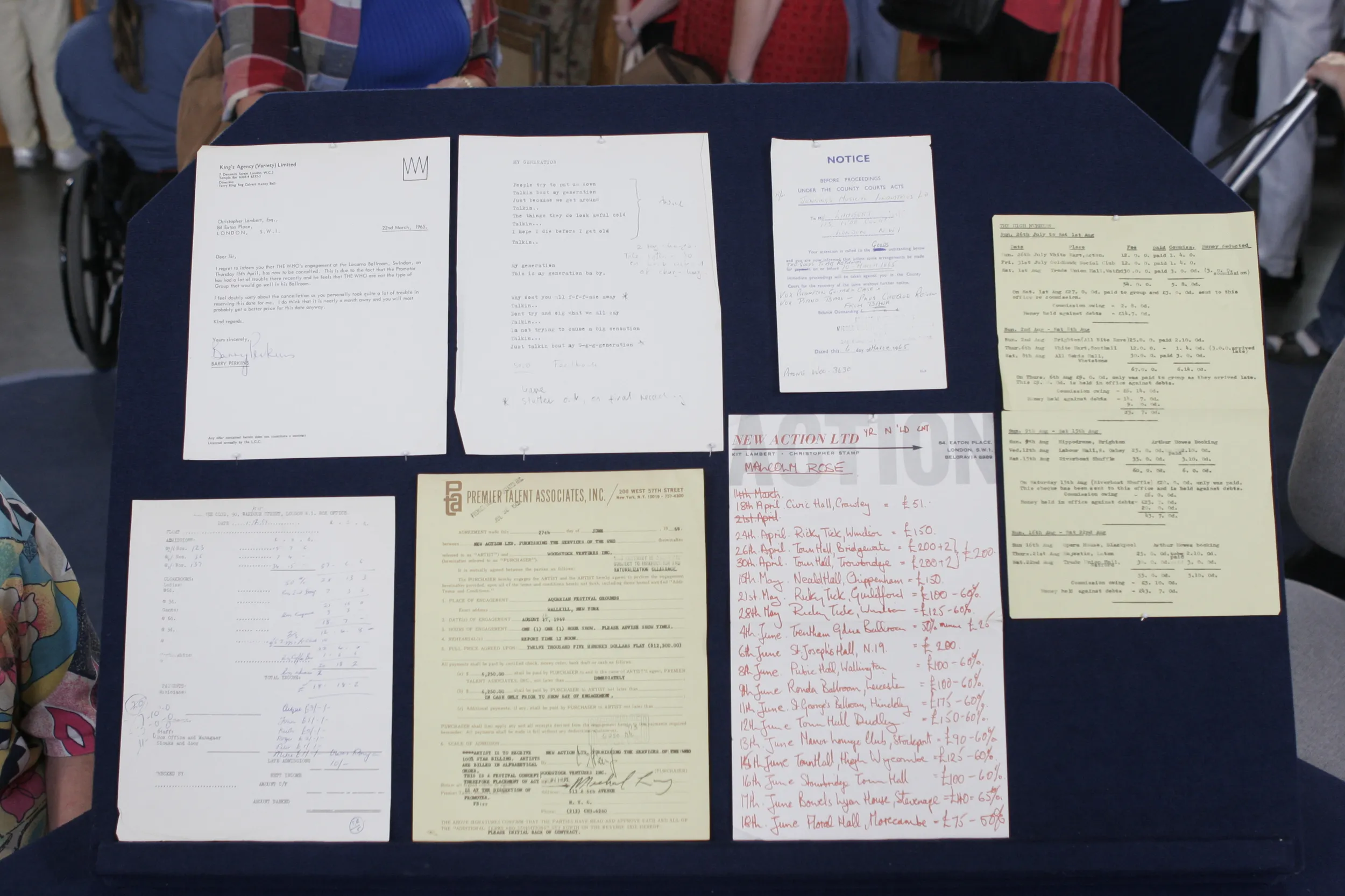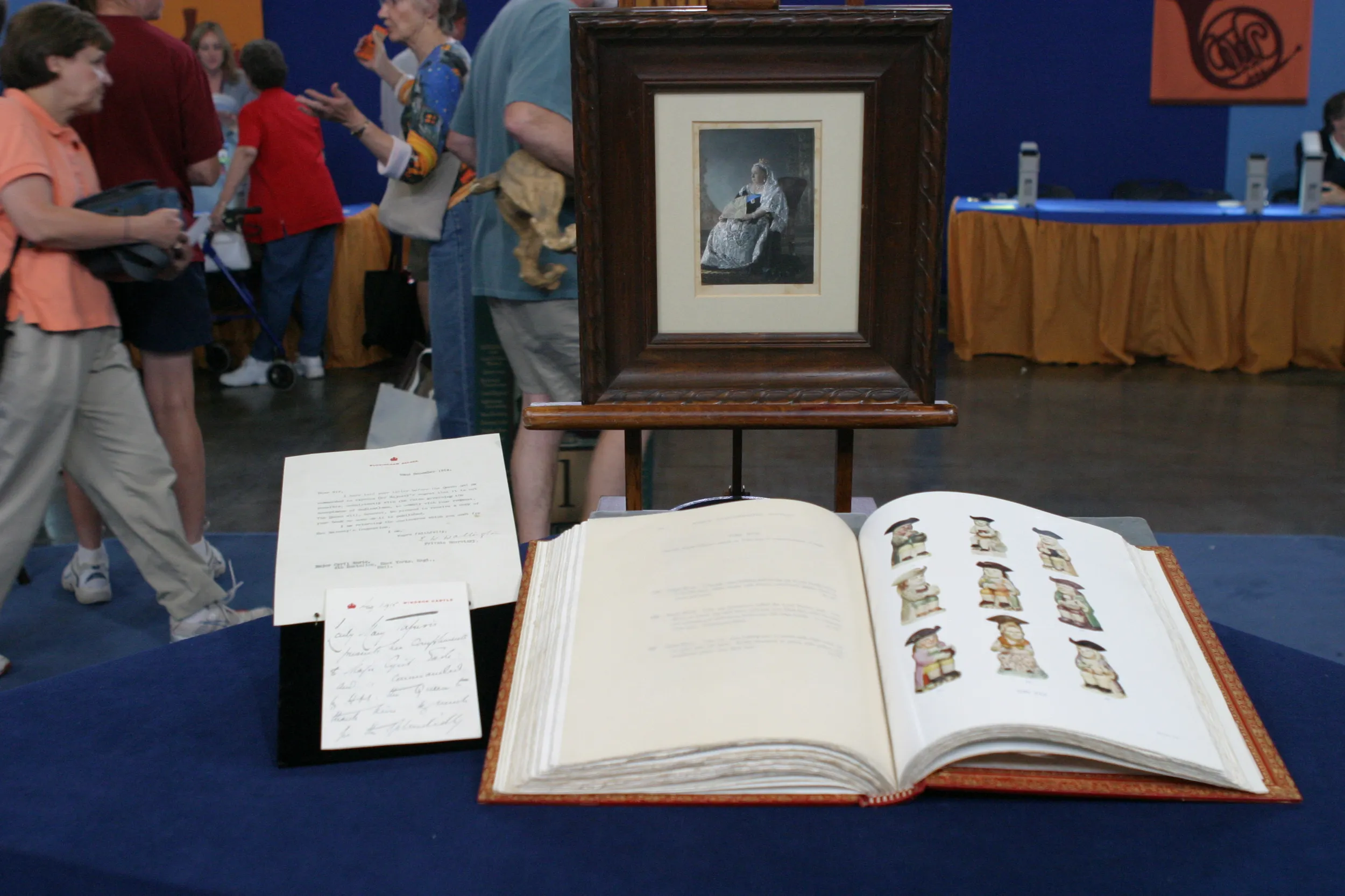GUEST: I brought a family document with me that describes land that became part of our farm hundreds of years ago following the Revolutionary War. Our family was Scotch-Irish, they were always farm people.
APPRAISER: Mm-hmm.
GUEST: Since they jumped off the boat, they've been farmers in western Pennsylvania.
APPRAISER: Yeah.
GUEST: And one of my ancestors was a captain, I believe, in the Revolutionary War.
APPRAISER: It's my understanding during the war, a lot of soldiers were not compensated because funds weren't available at the time, and about ten years following the war, and became available to remunerate or pay for their services during the Revolutionary War.
GUEST: Uh-huh.
APPRAISER: So, this document attests to that. It describes the land.
GUEST: Mm-hmm. It was, I believe, witnessed or signed by Benjamin Franklin, so it's become an interesting family piece.
APPRAISER: How about the farm and the land? Do you still own it?
GUEST: The farm has been sold, and quite a bit of the land, but my father kept 16 acres, which was the original homestead property. It was always kept in a sock drawer in the bedroom on the farm. When it became in my possession in more recent years, I did put it in the bank vault. (laughs)
APPRAISER: Excellent. I think the bank vault is a very good spot for it. Usually, when we see land deeds, and there are many of them out there in various shapes and forms-- like some are in vellum, or parchment like this one, others are in paper-- usually people bring them in because they found them, it's an interesting document, but yours has been passed down in your family, which is just absolutely incredible. This is signed by Benjamin Franklin, and it also has this beautiful flourish on the bottom, another indication that it is a proper Benjamin Franklin signature.
GUEST: Mm-hmm.
APPRAISER: To make the document legal, it needed to be countersigned. In this case, it is countersigned by James Trimble for John Armstrong. And we would refer to this document as a partially printed document that is filled in by hand. Benjamin Franklin's contribution is the signature on the side. Everything else was probably filled in by secretarial hand. It's in great shape. I would leave it folded up if that's how it has always been, so why put the stress on the parchment to straighten it? And the bank vault is a good spot for it.
GUEST: It's a good place, yeah.
APPRAISER: An estimate would probably be at about $10,000 to $15,000 at auction for the document with the signature.
GUEST: Wow. Well, that's an impressive amount of money.
APPRAISER: Yeah.
GUEST: For a piece of parchment.
APPRAISER: Yeah. (laughs)








